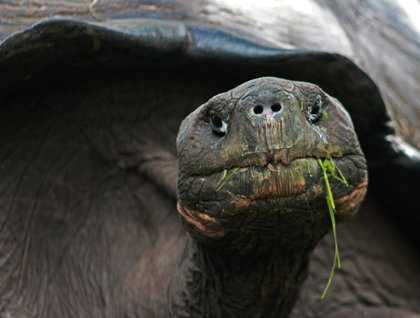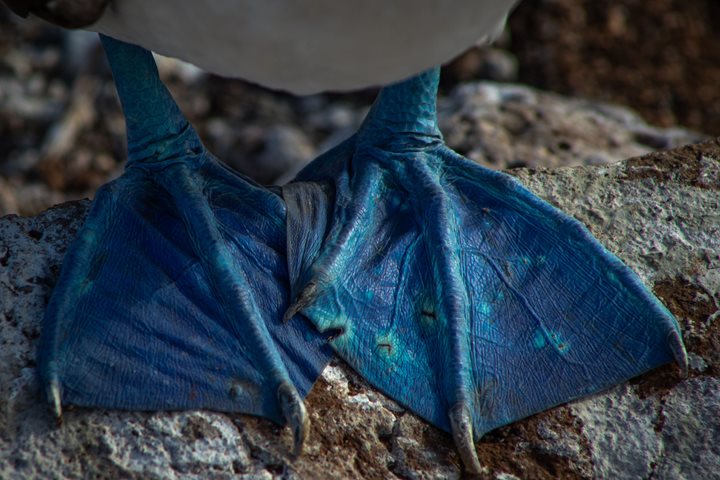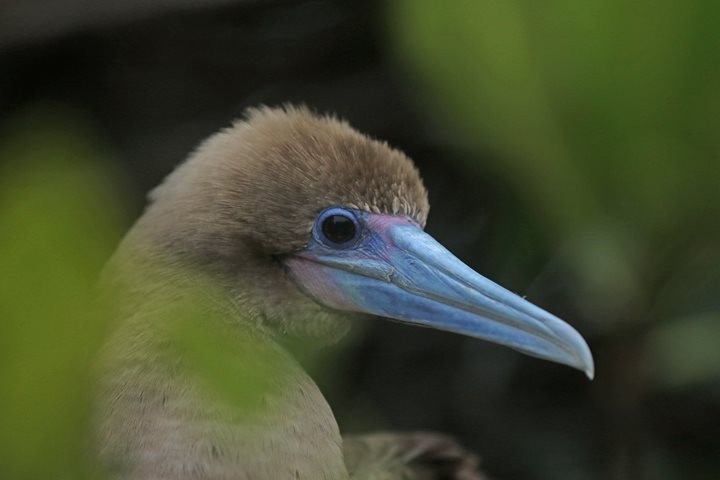Our expedition continued by dropping anchor on the island that holds the largest town in the Galapagos. Not only is Santa Cruz the economic capitol of the islands, it’s also the headquarters of the Galapagos National Park Service and the Charles Darwin Research Station. Both institutions work hand in hand for the conservation of the enchanted archipelago.
During the morning we visited the breeding center of the National Park, where the facilities are run with the help of Charles Darwin Research Station. We learned about the conservation programs that are being implemented to restore the dynasty of the Galapagos giant tortoises. There are more than seven hundred tortoises as part of the captive breeding program; some of them are adults, and some are babies that soon will be repatriated to their home islands. Our goal is to increase their numbers, which is necessary after their populations have been devastated by introduced animals and human impact. Some characters of the station were seen today, such as the case of Super Diego, a saddleback male tortoise brought from San Diego Zoo California. This is the male who helped save the species from Espanola Island and now many babies are reproducing naturally within their home island!
The tourist industry is the main source of income in this economy. Here, we have grade schools, high schools, and universities for the education of the local people. Puerto Ayora is a nice, clean town and as we visited this island we spent some time exploring the shops and art galleries here.
We explored the highlands in the afternoon. The Galápagos giant tortoises are distributed across a large part of the humid zone on Santa Cruz. There is a population of more than five thousand individuals on this island only. Today we spotted a lot of them; there were females and many large males. Some tortoises were cooling off in the rain water ponds, where pintail ducks were also seen. We finished our highlands expedition by going on an underground exploration into a double decker lava tube. The geological features within the tube were just breathtaking, striations and ripples on a roof of pure basaltic lava.
This is the land of the giants, where millions of years of adaptations are shown in these ancient reptiles. And yet they just share their habitat with humans, asking us to kindly coexist with them as they pose for our pictures like we weren’t there at all.







